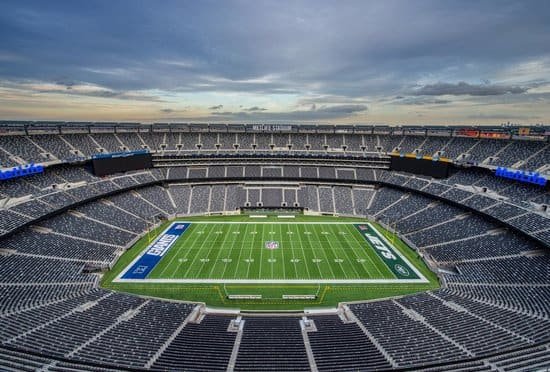The Evolution of Urban Athletics: Trends and Innovations
Urban athletics has undergone a significant evolution over the years, transforming from traditional road races to dynamic, obstacle-laden events that blend fitness, exploration, and community engagement. Here’s a look at the trends and innovations shaping the evolution of urban athletics:
1. Rise of Obstacle Races
From Road Races to Obstacles:
- Urban athletics has shifted away from traditional road races to include obstacle races like Metro Dash®. These races incorporate challenges that test agility, strength, and endurance, attracting participants seeking a more dynamic and engaging fitness experience.
Innovation in Course Design:
- Courses now feature a variety of obstacles such as walls, cargo nets, monkey bars, and mud pits, strategically placed throughout urban landscapes. This innovation transforms mundane city environments into thrilling playgrounds for athletes.
2. Functional Fitness Integration
Functional Training Philosophy:
- There’s been a shift towards functional fitness principles in urban athletics. Functional training emphasizes movements that mimic real-life activities, enhancing overall athleticism and reducing injury risk. It’s particularly popular in preparing athletes for the unpredictable challenges of obstacle races.

Military and Elite Athlete Influence:
- Techniques borrowed from military training and elite athlete regimens, such as CrossFit and parkour, have heavily influenced urban athletics. These disciplines emphasize versatility, strength, and mental resilience—essential qualities for navigating urban obstacle courses.
3. Community and Social Engagement
Team-Based Events:
- Urban athletic events increasingly promote teamwork and camaraderie. Team-based challenges and relay formats encourage collaboration and support among participants, fostering a sense of community.
Local Involvement and Support:
- Events often partner with local businesses, communities, and charities, enhancing their impact beyond fitness. This local engagement not only enriches the participant experience but also strengthens community ties.
4. Technology Integration
Digital Engagement:
- Technology plays a crucial role in modern urban athletics. Events utilize mobile apps for registration, timing, and participant tracking. Live updates and social media integration enhance spectator engagement and allow athletes to share their experiences in real-time.
Virtual and Augmented Reality:
- Some events incorporate virtual or augmented reality elements to enhance the participant experience. Virtual races allow athletes to compete remotely, while augmented reality adds interactive challenges to physical courses.
5. Environmental Awareness and Sustainability
Green Initiatives:
- There’s a growing emphasis on sustainability in urban athletic events. Organizers implement eco-friendly practices such as reducing waste, recycling materials, and promoting public transportation to minimize environmental impact.
Community Clean-Up Efforts:
- Some events incorporate community clean-up activities, encouraging participants to contribute positively to the urban environment they’re exploring. This aligns with broader societal trends towards environmental stewardship and social responsibility.
6. Health and Wellness Focus
Holistic Approach to Fitness:
- Urban athletics promote a holistic approach to health and wellness. Events often include wellness expos, health screenings, and educational workshops on nutrition and mental well-being, emphasizing overall lifestyle improvements.
Accessibility and Inclusivity:
- Events strive to be inclusive by offering various race distances and adaptive categories for participants of all ages and fitness levels. This accessibility encourages broader participation and promotes fitness as a lifelong pursuit.
7. Creative Event Formats
Themed Races and Challenges:
- To attract diverse audiences, urban athletic events feature themed races and challenges. Examples include nighttime glow runs, costume-themed races, and charity-oriented obstacle courses, adding an element of fun and creativity to the fitness experience.
Customizable Experiences:
- Participants can often choose from different event formats, including solo competitions, team relays, and family-friendly races. This customization allows individuals to tailor their experience based on personal fitness goals and preferences.
Conclusion
The evolution of urban athletics reflects broader societal shifts towards active lifestyles, community engagement, and technological innovation. From obstacle races that transform cityscapes into adventure playgrounds to the integration of functional fitness and sustainability practices, urban athletics continue to evolve to meet the diverse needs and interests of participants. By embracing these trends and innovations, urban athletic events inspire individuals to push their physical limits, foster community connections, and experience cities in new and exciting ways. As urban athletics continue to grow, they promise to remain at the forefront of fitness innovation and community empowerment.



